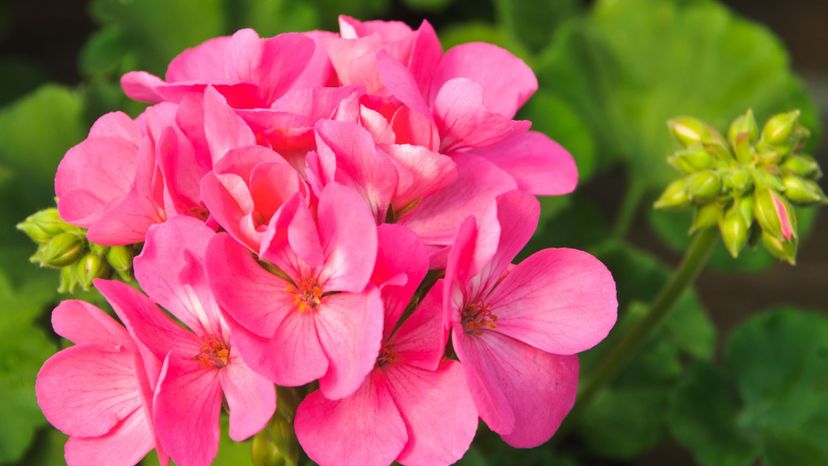
About This Quiz
There are close to 400,000 species of flowering plants in the world! And this quiz is just going to look at at 0.0001% of them.
Scientifically speaking, plants which produce flowers and seeds are called angiosperms. the first flowering plants appeared on earth about 170 million years ago. About 100 million years after that, they became the dominant seed-producing plant.
Flowers may seem to be created solely for us to enjoy, but they exist solely to get pollinators such as bees and butterflies to help in a plant's reproduction process. Christian Konrad Sprengel, a 18th century German botanist, proved this in his foundational book, The Secret of Nature Revealed.
Our fascination with flowers goes back millennia. One of the earliest books on flowers was De materia medica, written by first-century Greek doctor, Dioscorides. This book, which contained illustrations which diagrammed plants and their flowers, explored the medicinal properties of plants and was foundation for the study of botany.
Centuries later, Carl Linnaeus, a 18th century Swedish botanist, gave us the classification system or taxonomy that we still use today to classify plants and animals. For example, Helianthus annuus L. is the scientific name for the common sunflower (with L. representing that Linnaeus named the organism).
Are you ready to take a stroll in our virtual garden and identify these flowers in this quiz? We hope you enjoy yourself! Good luck!
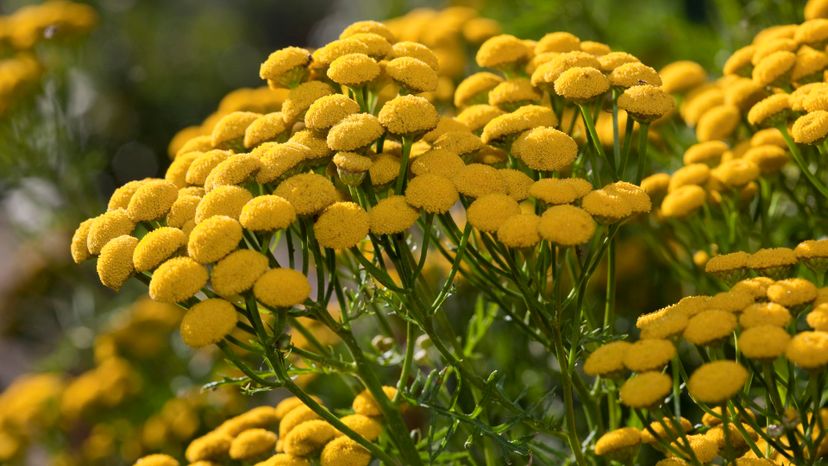
The tansy (the common tansy, Tanacetum vulgare, is what's pictured here) has long been used medicinally and in food. But tansy species can also be toxic, causing skin inflammation for some people.
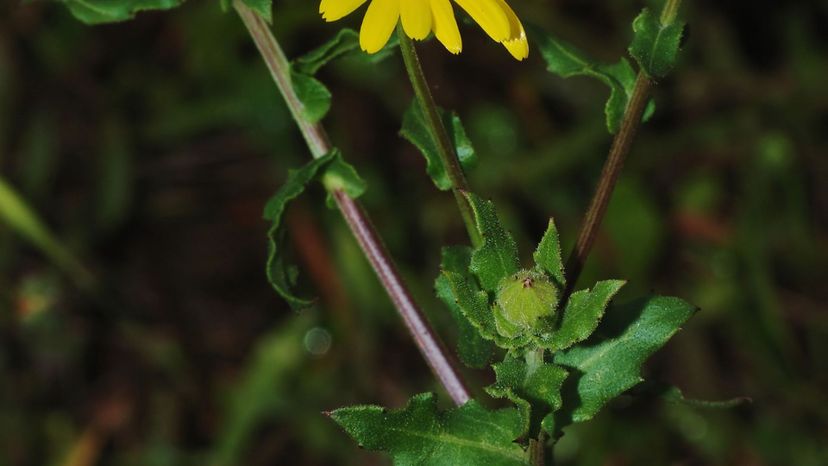
The Calendula genus include species such as the Calendula officinalis (also known as the common marigold) shown here. You'll find this in flower in other dishes, such as German soups and stews (another name for this flower is the pot marigold). Calendula also has medicinal purposes and can be found in ointments.
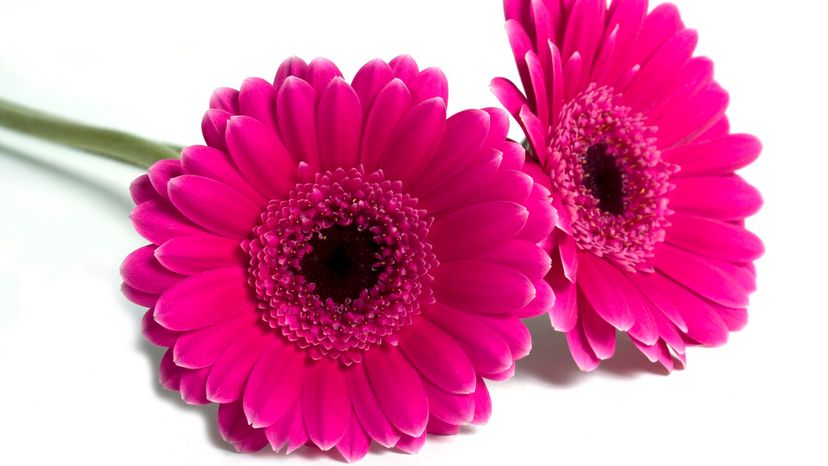
The genus Gerbera was named after a German botanist and friend of Carl Linnaeus, Traugott Gerber. Gerbera daisies such as this one pictured (Gerbera jamesonii, the Barberton daisy) are important to the florist industry, as it's the fifth most popular flower. It's also important as a model organism when studying the processes of flower formation.
Advertisement
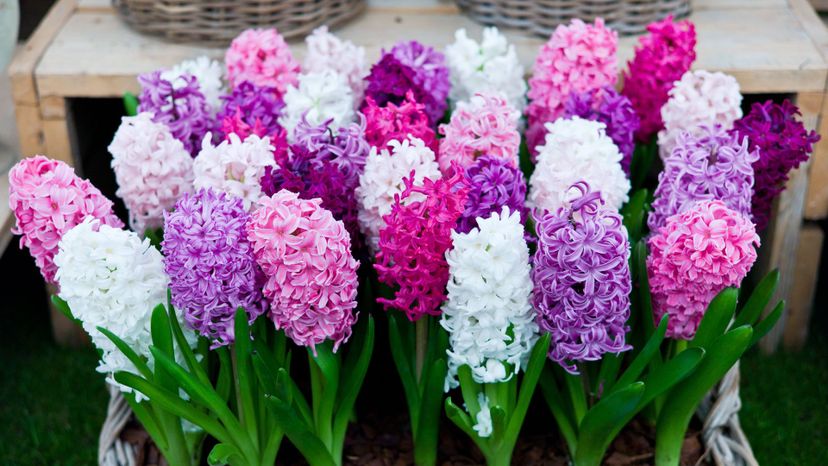
Hyacinthus is the genus for the hyacinth flower. The most well-known species is Hyacinthus orientalis, the common hyacinth. Hyacinths are native to the eastern Mediterranean region.
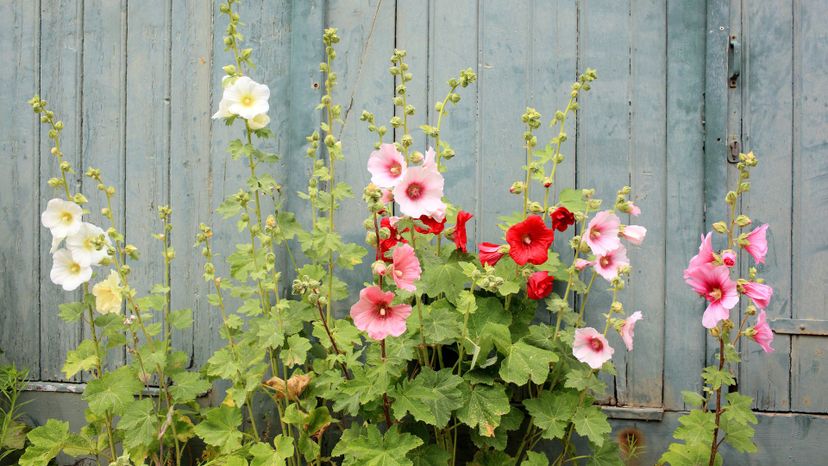
The common hollyhock (Alcea rosea) is natively found in southwest China, but was imported to Europe in the 1600s. A popular garden flower, there are 60 species of the hollyhocks and numerous cultivars.
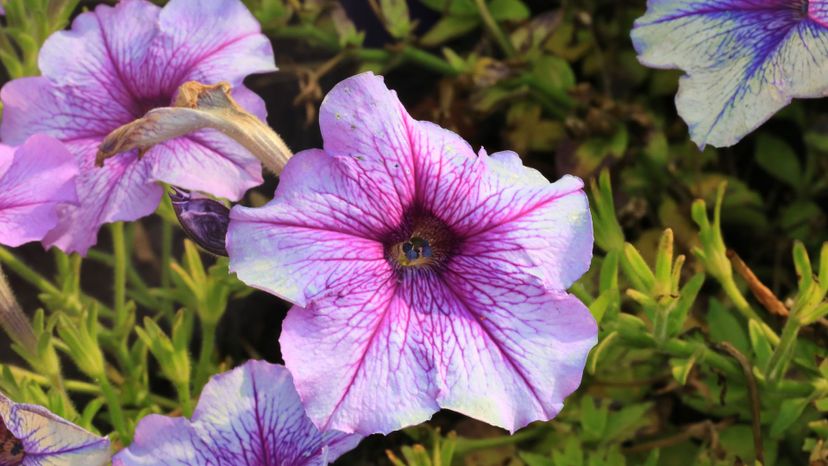
The genus Petunia has 20 different species, including what's pictured here, the Petunia axillaris, common name: large white petunia. Petunias are a popular garden flower and have many eye-popping cultivars, including "Night Sky" which is a deep bluish-purple flower with white speckles.
Advertisement
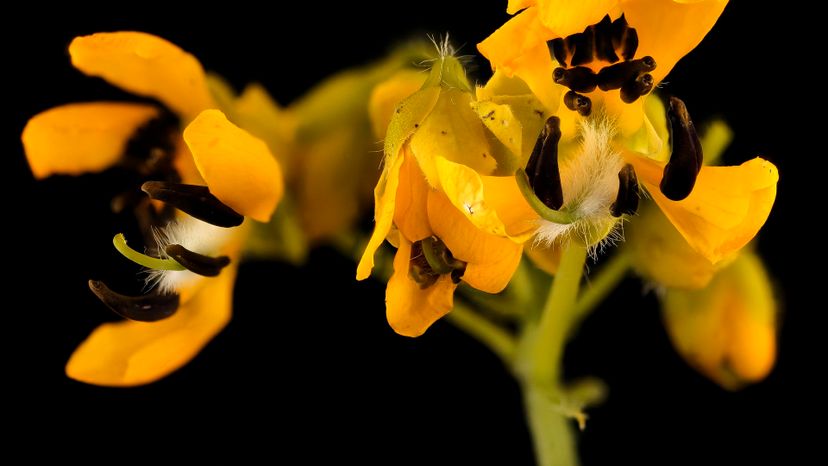
Wild senna (Senna hebecarpa) is a part of the bean family Fabaceae. It flowers in the summer months and is found mainly in the eastern region of the U.S. For Native Americans, it traditionally has many medicinal uses.
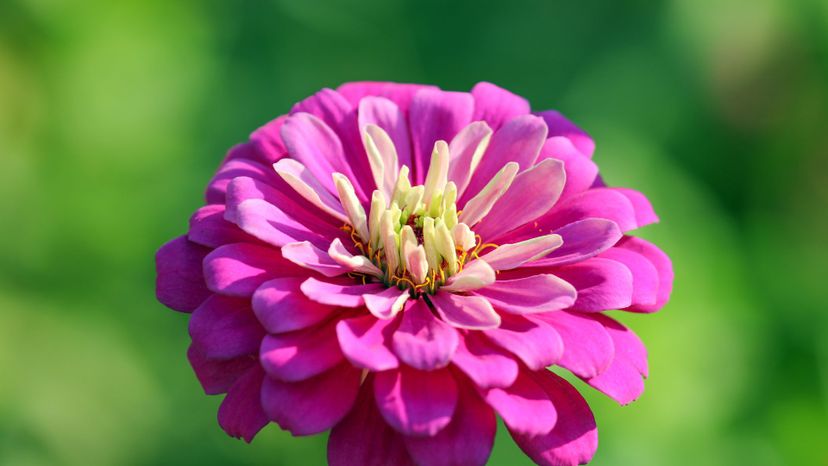
The Zinnia genus is named after German botanist Johann Gottfried Zinn. Zinnias come in various shapes and colors. What you see here is the Zinnia elegans, also known as the common zinnia or youth-and-age.
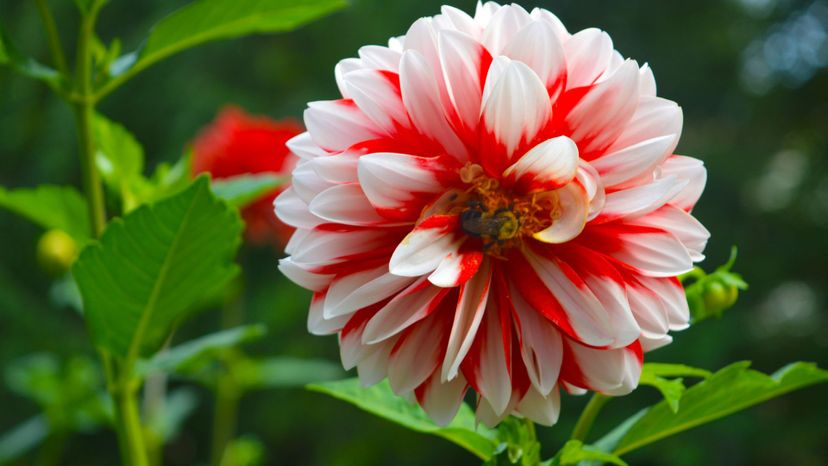
The Dahlia genus is home to 42 species, including Mexico's national flower, Dahlia pinnata (common name: garden dahlia), which is what is pictured here. Dahlias are native to Mexico but there are close to 60,000 registered cultivars.
Advertisement
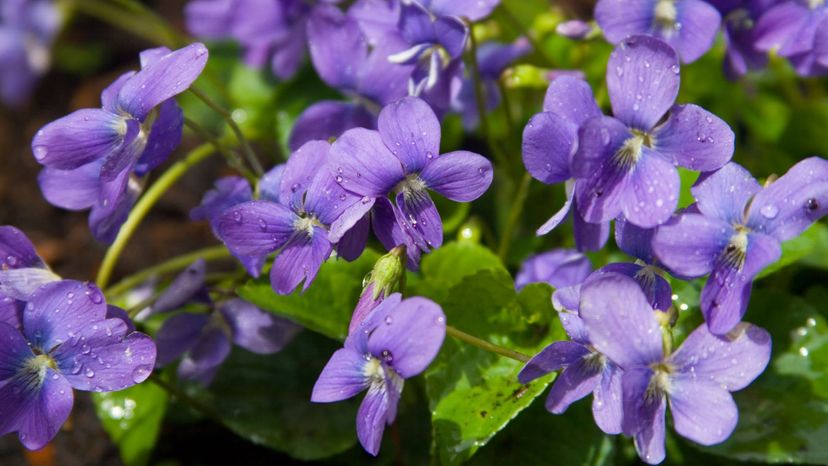
The Viola genus has a variety of species in several shapes and colors. Shown here is Viola sororia, known as the common blue violet, which can be seen as a weed. But the larger Viola odorata is commonly known as sweet violet and grown in gardens -- but it can and does grow freely, sometimes without an invitation.
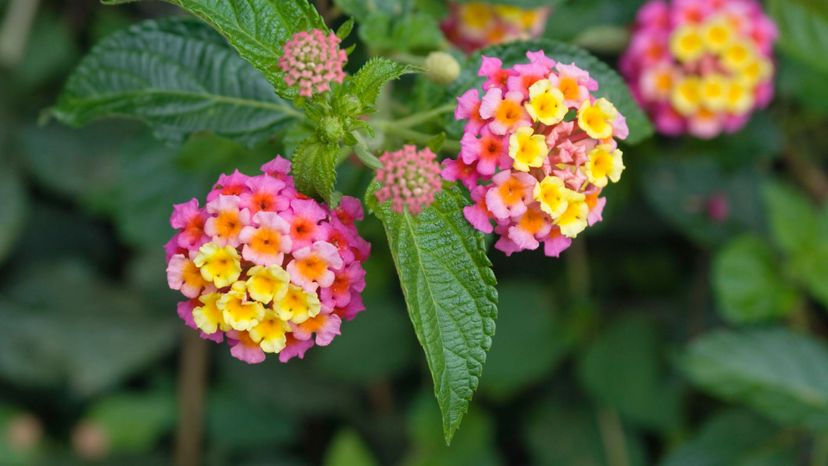
The genus Lantana has around 150 species, some of which are considered invasive in places such as Australia. What you see here is Lantana camara also known as wild type spanish flag. Lantana can help produce honey, as honeybees are attracted to this plant, but its leaves can cause liver toxicity in livestock and other grazing animals.
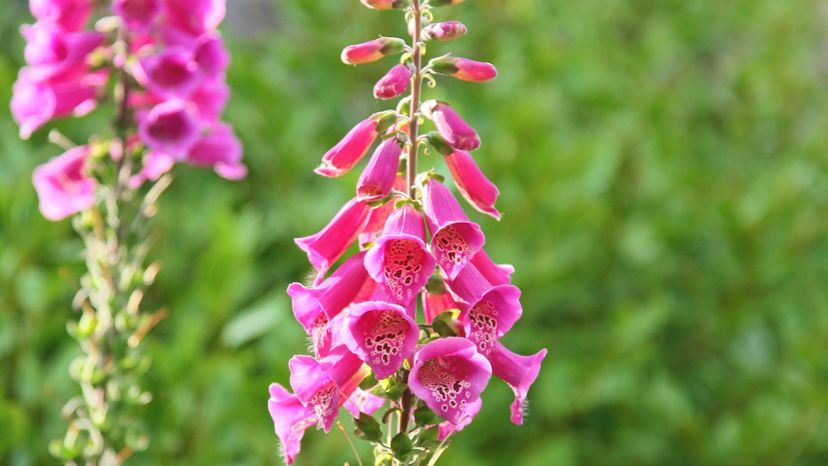
The genus of foxgloves is Digitalis, which is derived from the Latin word, "digitus", which means "finger". Pictured here is Digitalis purpurea, the common foxglove, whose flower can fit over a human finger.
Advertisement
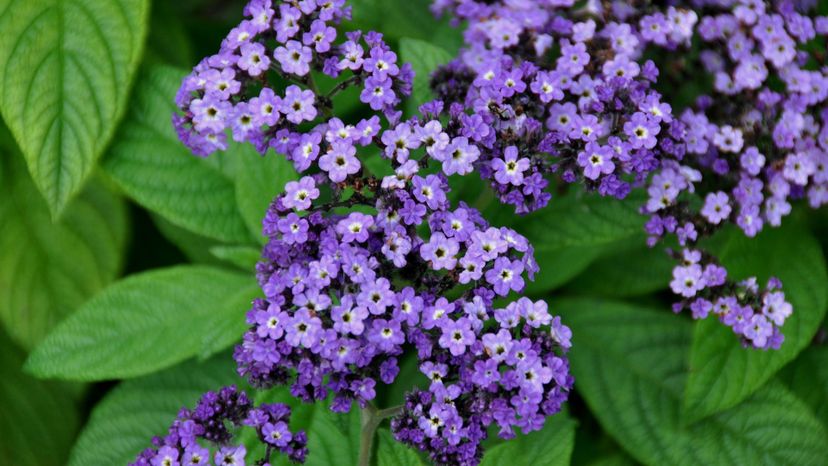
Heliotropes are in the Heliotropium genus, and what you see here is Heliotropium arborescens, known as common heliotrope or cherry pie -- but it smells like vanilla. If you have a dog, you want to keep them away from this plant, since it can cause liver toxicity and death.
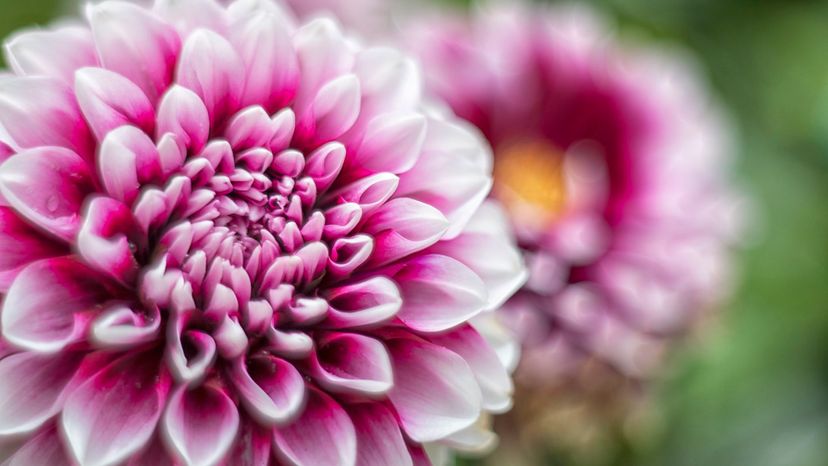
The Chrysanthemum genus is native to the continent of Asia and in the northeastern region of Europe. Pictured here is the popular species Chrysanthemum morifolium, known as the florist's daisy. There are an estimated 20,000+ cultivars of this flower.
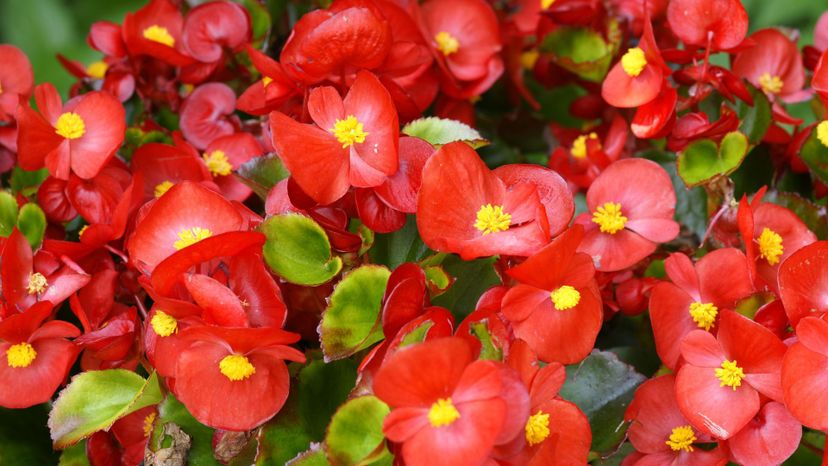
The genus Begonia were named by French botanist Charles Plumier after former French governor of Saint-Domingue (now known as Haiti), Michel Bégon. It has over 1,800 species. Begonia obliqua L. is shown here, and is the species Plumier named the Begonia genus after.
Advertisement

With common names "busy Lizzie", "balsam", and "patience", the genus Impatiens has over 1,000 species. Most likely, you're used to seeing the species Impatiens walleriana (as is shown here) which is native to the continent of Africa-specifically the eastern region. But impatiens come in several shapes and colors, including some that resembles orchids and irises.
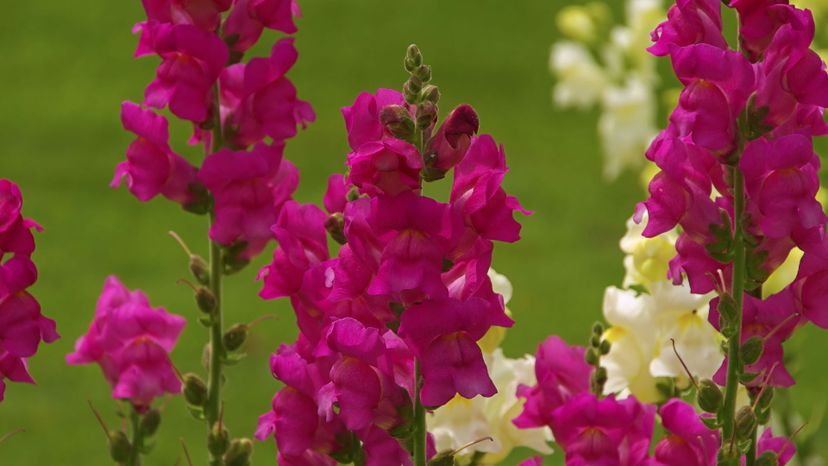
Antirrhinum is the genus for snapdragons, which are named because of how it looks when one opens and closes the flower with its fingers. Pictured here is Antirrhinum majus, or the common snapdragon. The snapdragon has been studied by naturalist Charles Darwin and geneticist Gregor Mendel and is considered to be a model organism to study by geneticists for plant and floral development.
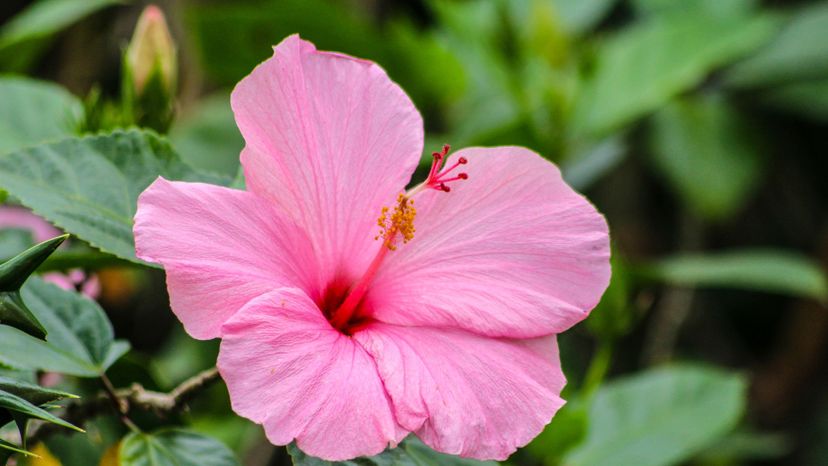
The Hibiscus genus is home to hundreds of species along with many hybrids. The flower is important to many cultures, with the Chinese hibiscus (Hibiscus rosa-sinensis), as the most popular species.
Advertisement
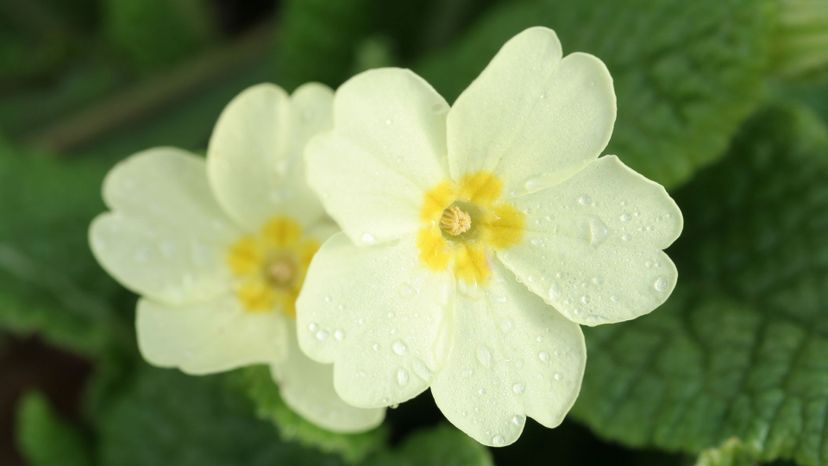
The Primula genus has approximately 500 species with 30 sections. What you see pictured here is Primula alpicola, or the moonlight primrose, found natively in Bhutan and Tibet. The primrose got its common name because it's one of the first flowers to open in springtime.
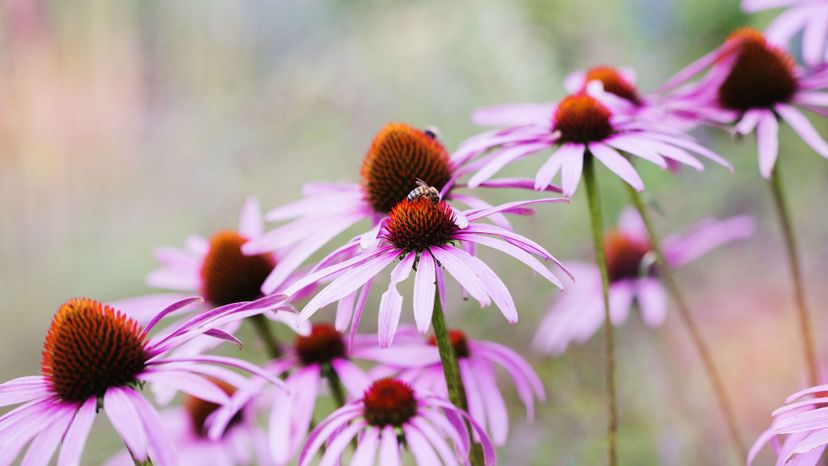
Only found in the eastern region of North America, the genus is called Echinacea, which is derived from a Greek word which means "hedgehog" or "spiny one," referring to its spiny center. The cold remedy and immune system benefits haven't been scientifically proven for what's shown here, Echinacea purpurea (common name: eastern purple coneflower), and for other species such as the Echinacea angustifolia (common name: narrow-leaf coneflower).
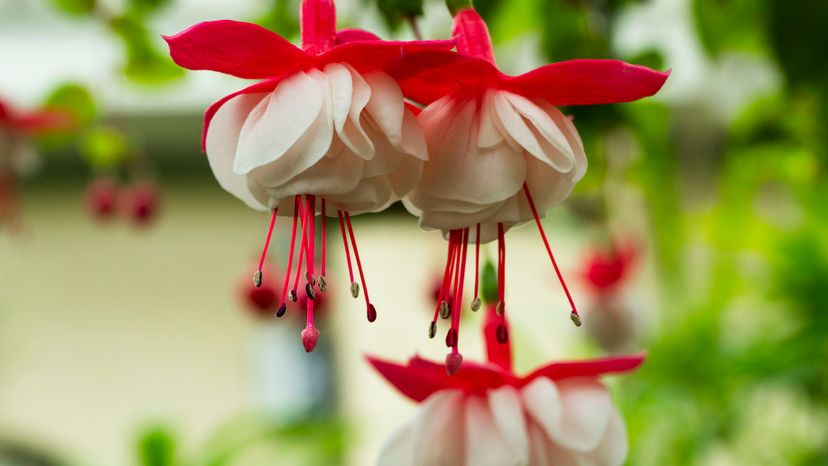
With around 110 species, the genus Fuchsia is named after Leonhart Fuchs, a 16th century German botanist. French botanist, Charles Plumier, was the first European to discover the flower on Hispaniola and named the flower after fuchsia. Pictured here is the species of flower Plumier found, Fuchsia triphylla, also known as honeysuckle fuchsia.
Advertisement
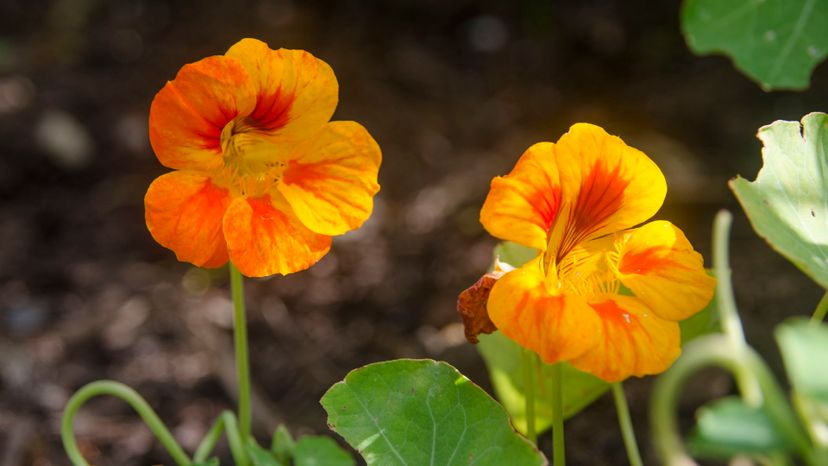
Known for its brightly colored flowers, the genus Tropaeolum's common name is nasturtium. Tropaeolum majus, or the garden nasturtium, is pictured here. The flowers and leaves are typically both edible.
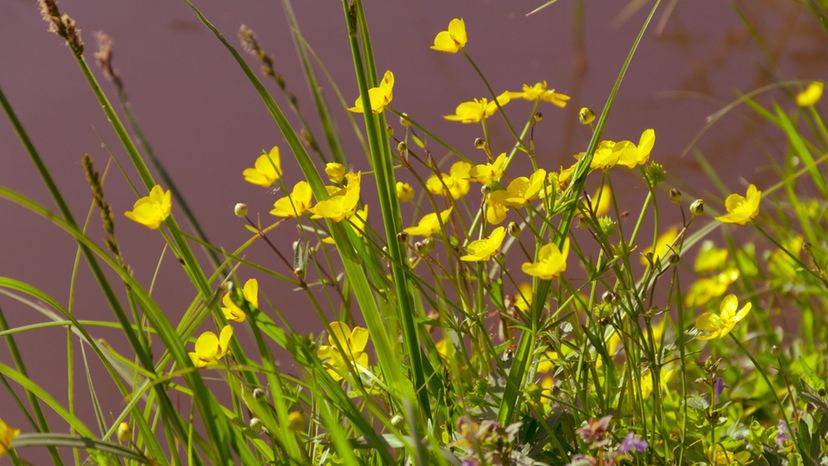
The Ranunculus genus contains 500 species which include buttercups (pictured here is Ranunculus acris, the meadow buttercup). What you see Buttercups have reflective petals which help to attract pollinators but also help to regulate the temperature of the plant's reproductive organs. And buttercups have nothing to do with butter--these flowers are toxic to cows.
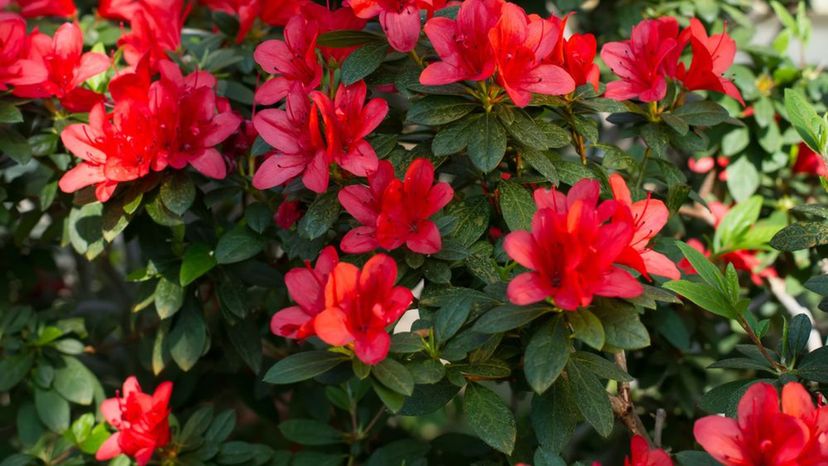
The azalea is a part of the Rhododendron genus, which is also a flower name. What's pictured is Azalea indica, a common flower you'd find flowering in the springtime -- and after a good rain, these flowers bloom covering the whole bush, obscuring leaves. These flowers have cultural significance, with azalea festivals in China, Hong Kong, Japan and the U.S.
Advertisement
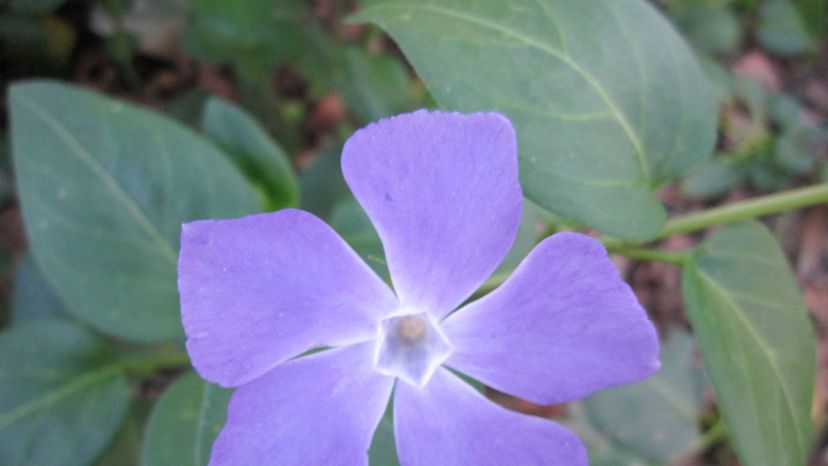
Lesser periwinkle (Vinca minor) doesn't mean it's a less important flower. It just means compared to its closer relative, greater periwinkle (Vinca major), it's not as big. Both flowers you'll see used in gardening and landscaping as ground cover.
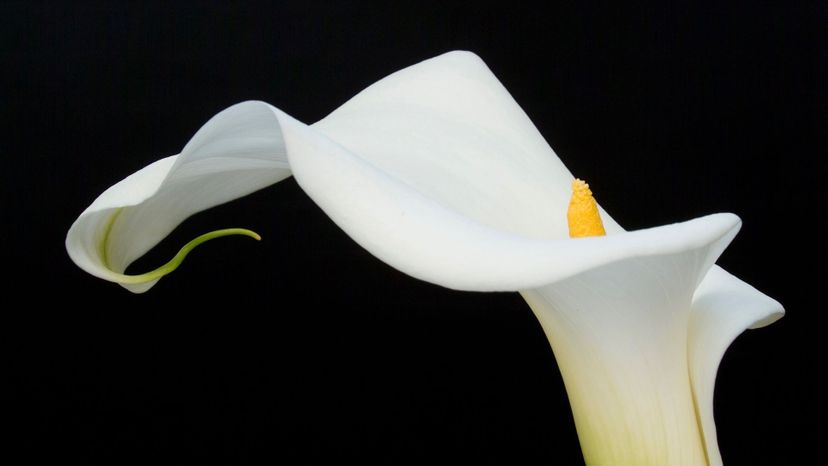
The calla lily (Zantedeschia aethiopica) is not really a lily. The correct genus is named after Italian botanist Giovanni Zantedeschi by German botanist Kurt Sprengel. Calla lilies grow natively in the southern Africa but have been naturalized in Australia, New Zealand, California and Kenya, among other countries.
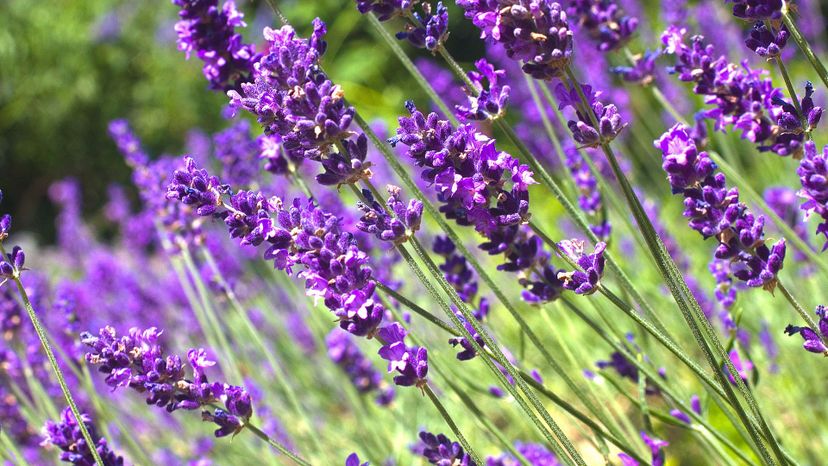
The genus Lavandula includes close to 50 species of lavender. A popular species is pictured here, Lavandula angustifolia, often called English lavender or common lavender. Two other species, Lavandula dentata and Lavandula stoechas, are known interchangeably as Spanish lavender and French lavender.
Advertisement
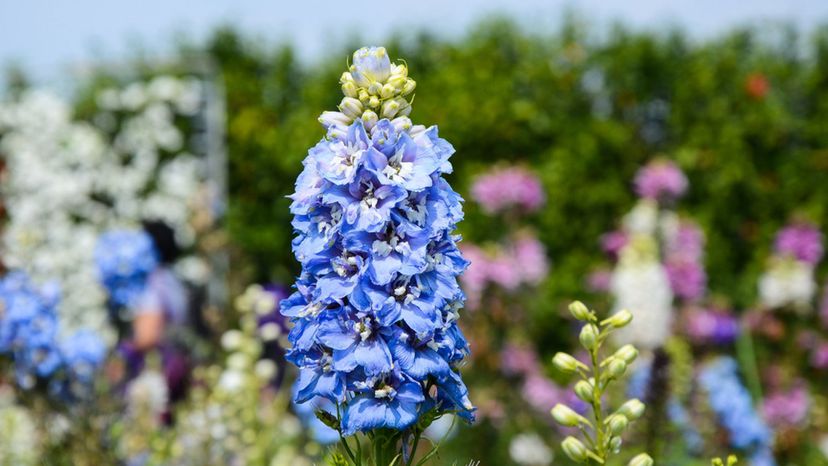
Larkspurs also go by the genus name, Delphinium. Pictured here is the Delphinium elatum, also known as the candle larkspur. There are around 300 species of Delphinium which grow natively in the Northern Hemisphere.
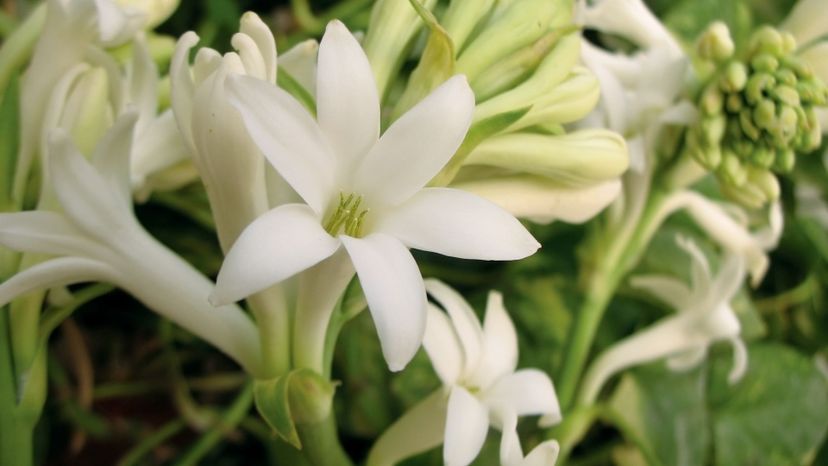
Found only in Mexico, the tuberose (Polianthes tuberosa) is called by many different names in other cultures. Two examples: in Bangladesh, it's called "Rajnigandha," the night-smelling flower, and in Hawaiian, it's called kupaloke.
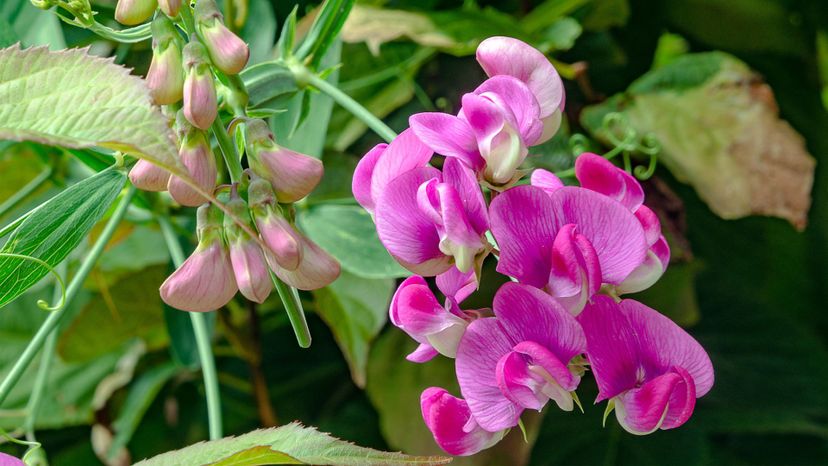
The sweet pea (Lathyrus odoratus) has been cultivated since the 1800s. Specifically, 19th century Scottish horticulturist Henry Eckford was responsible for cross-breeding and cultivating the sweet pea, creating almost half of the available cultivars at the time.
Advertisement
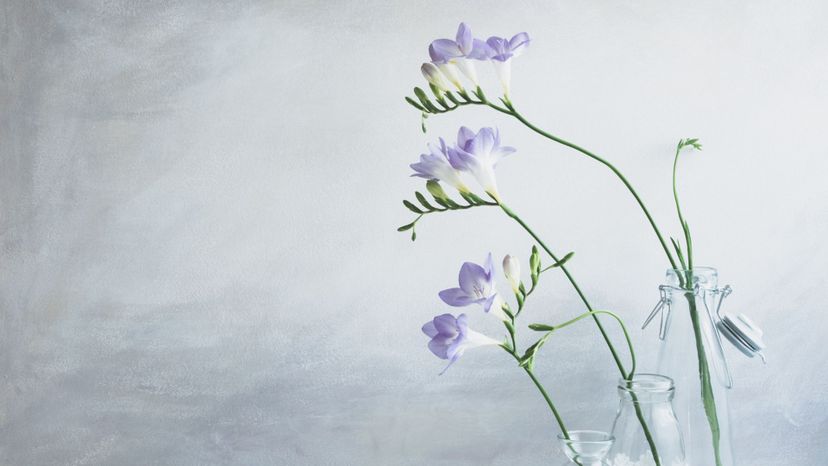
Freesia is a genus with flowers native to eastern Africa and has 16 species, with most from South Africa. Many of the flowers we know as freesia now are cultivars derived from cross-breeding two South African species.
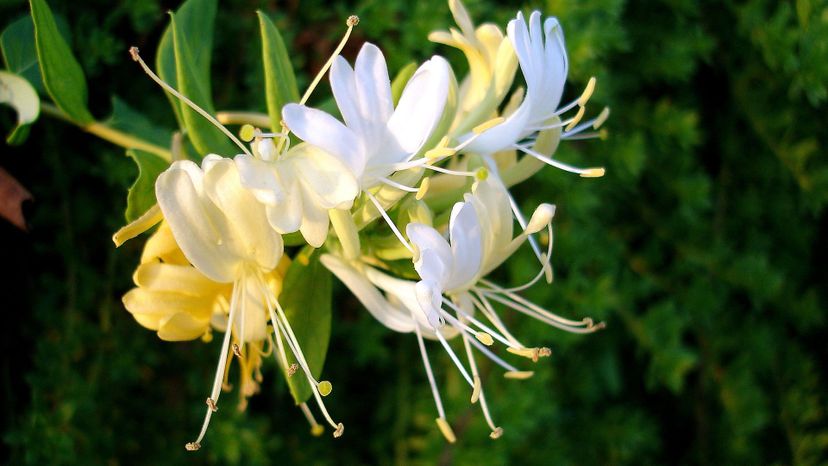
If as a child, you've ever tried to suck the nectar out of a honeysuckle flower and lived in the eastern part of the U.S., it was probably the Lonicera maackii species, the Amur honeysuckle (pictured here). It natively grows in Russia, China, Mongolia, Korea and Japan but has been naturalized in the U.S. Honeysuckle plants come in several colors and also come with berries--and the Amur honeysuckle's berries are somewhat poisonous to humans, as are most berries from honeysuckle plants.
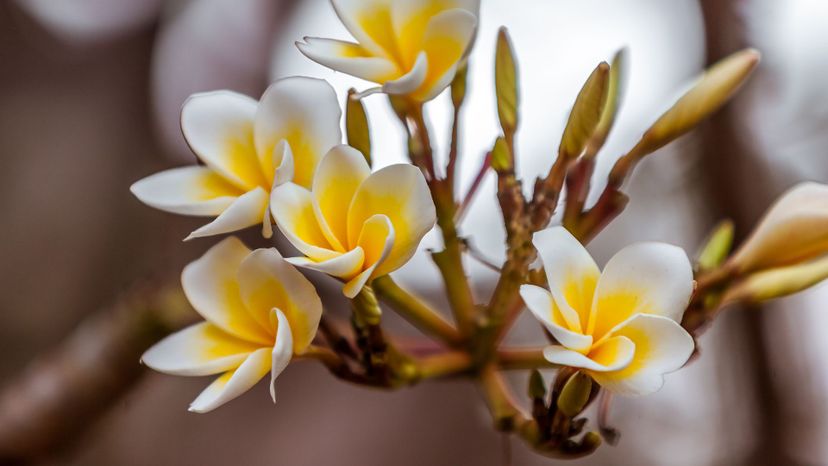
Also known as frangipani, the Plumeria genus is a bit of a cruel mistress. By pretending that it has nectar, it attracts the sphinx moth into dipping its tongue into the flower, hopping around from flower to flower, looking fruitlessly for the non-existent nectar. What's pictured here is Plumeria rubra (common names: red frangipani, common frangipani).
Advertisement
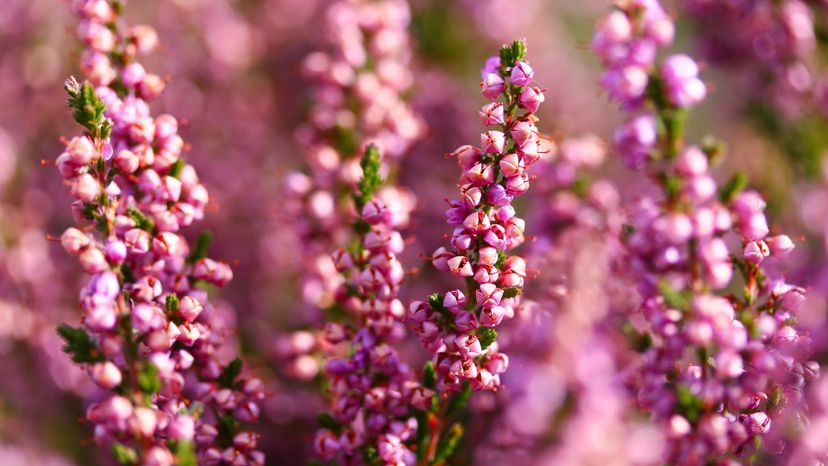
The genera that heather belong to are Erica and Calluna, distinguished by Calluna's smaller leaves. So Erica heather (usually called heaths), found mainly in South Africa, is at times is dubbed as winter or spring heather, while Calluna heather, mainly found in Europe and Asia, is thought of as summer or autumn heather. Calluna vulgaris (common heather) is pictured here.
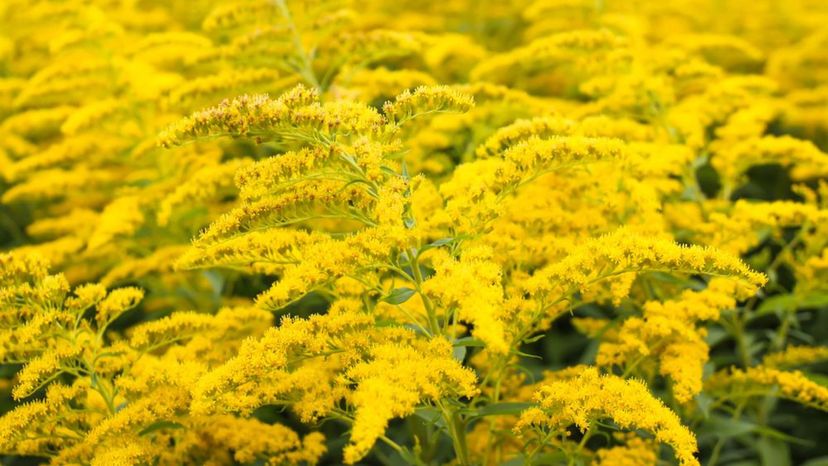
The Solidago genus holds about 120 species of goldenrods, which are found natively mostly in North America, but are also in Europe, Asia and South America. Solidago canadensis (common goldenrod) is pictured here. Despite the stigma of having goldenrod be a weed, for the past four decades or so, some American gardeners have been planting goldenrod in their gardens.
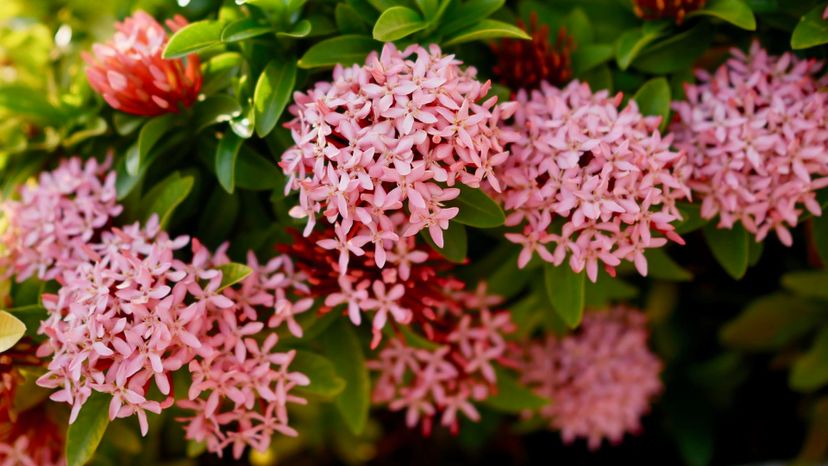
The Ixora genus has close to 600 species of plants. Suriname's national flower, Ixora coccinea (jungle geranium), is pictured here. The Ixora genus is mostly found in tropical Asia, as well as places with subtropical climes, such as in Florida.
Advertisement
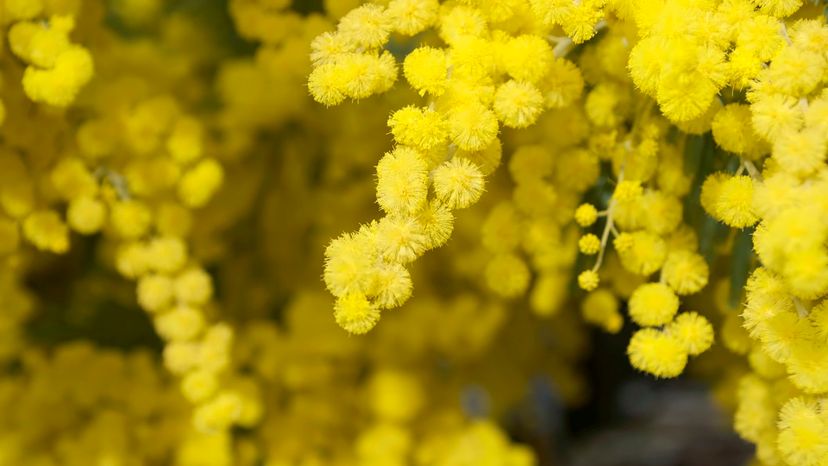
The Mimosa genus has around 400 species of this rapid movement plant, i.e., the leaves close when touched. The Persian silk tree (Albizia julibrissin) has leaves that close at night and during the rain and both flowering plants have pink pom-pon-looking flowers. Mimosa pudica (common name: shameplant) is pictured here.
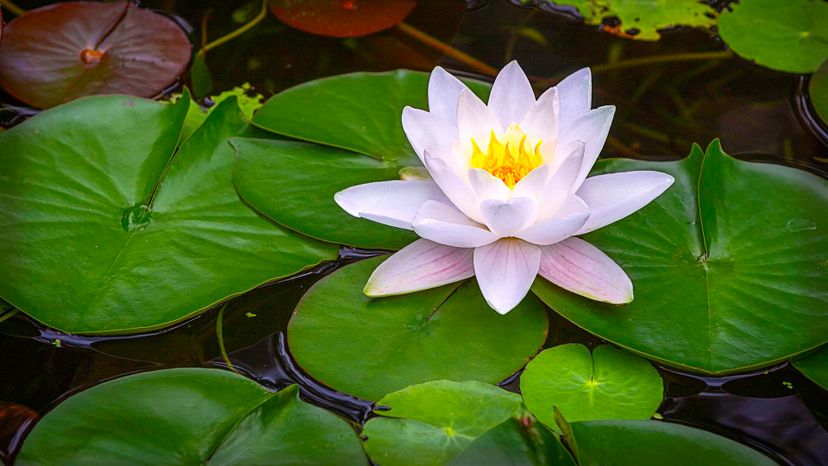
Water lilies come from five different genera, under the Nymphaeaceae family. Altogether, there are around 70 species of water lilies. As it happens with many introductions of plants in non-native environments, some species have water lilies have become invasive and can be difficult to remove.
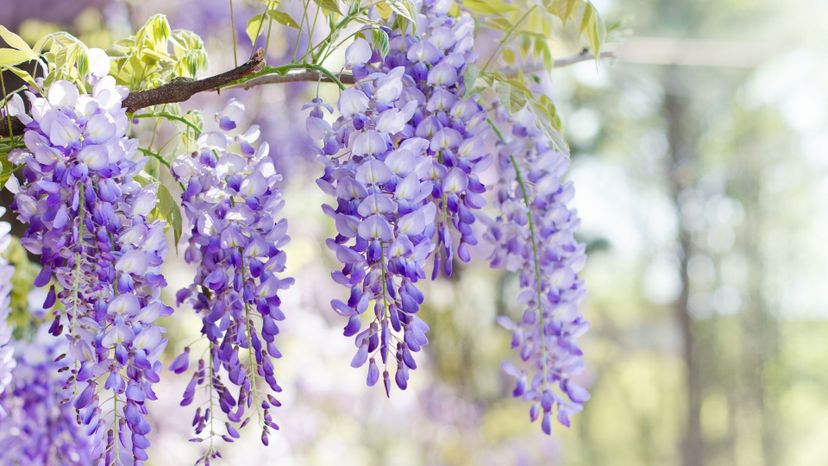
The genus Wisteria has about ten species including what's pictured here, Wisteria frutescens (American wisteria), which is found in the southeastern region of the U.S. Kentucky wisteria, Wisteria frutescens var. macrostachya, can take up to 20 years to bloom for the first time.
Advertisement
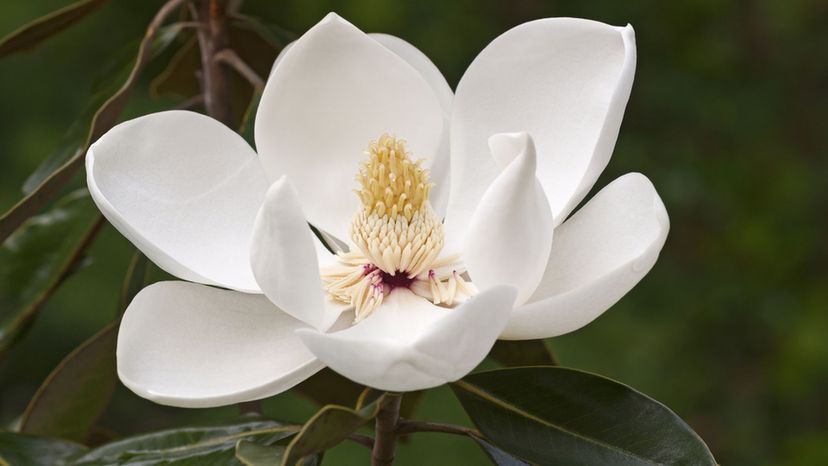
With over 200 species, the flowers of the Magnolia genus have an interesting journey in its evolution, with one species' fossils dating back 20 million years. Without bees as pollinators, magnolias had to rely on beetles for pollinations. So to survive those insect encounters, it had to toughen up its carpels or the female reproductive organs of a flower.